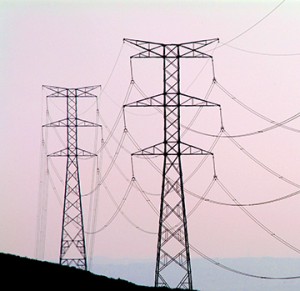
On Tuesday, November 24, 2015, EuroLine Windows Inc. joined with a group of BC companies, organizations and cities calling for a bold new Climate Leadership Plan that will include resolute actions leading to, among other things, a robust economy with opportunities for all British Columbians, support for our environment and communities by providing cleaner air and water, and the development of clean energy sources.
As well, the Royal Architectural Institute of Canada, the Urban Development Institute Pacific Region, and the Pembina Institute have initiated a more in-depth declaration that calls on the BC government to set clear energy performance targets for new homes and buildings. EuroLine – along with more than 70 signatories including the cities of Vancouver, Victoria and Powell River – has also acted to support the Call For Action on Energy and Climate in the Building Sector.
“At EuroLine Windows, we believe that now is the time to make a real effort to reduce the carbon footprint of our buildings, and we welcome the initiative taken by the Pembina Institute for a Call for Action on Energy and Climate in the Building Sector. As an industry, we can leverage innovation and efficiency to drive profitable economic growth, and at the same time reduce our carbon footprint. We recognize that strong policies and regulations are needed to fight climate change and we believe it is our responsibility, as a business, to join in the effort to reduce carbon emissions. It is an honour for EuroLine to be a signatory on the BC call to action on energy and climate.” — Isbrand Funk, President and CEO, EuroLine Windows Inc.
The following is the Pembina Institute media release:
FOR IMMEDIATE RELEASE
November 24, 2015
B.C. COMPANIES, ORGANIZATIONS AND CITIES CALL FOR BOLD NEW CLIMATE LEADERSHIP PLAN
Province can’t afford to delay the transition to a clean energy economy
VANCOUVER — As Premier Christy Clark prepares to attend the United Nations climate-change conference in Paris, British Columbia’s government is also gearing up to release its draft Climate Leadership Plan. Following Alberta’s positive announcement over the weekend, groups representing over 1,000 companies, organizations and cities are asking the B.C. government not to squander this opportunity to bring forward ambitious new measures to fight climate change.
Released today, the Call for Action on Energy and Climate seeks bold measures that will lead to a “province powered by clean energy” and provide “protection from a changing climate”. Its 145 signatories include the cities of Vancouver and Victoria, B.C. Government and Service Employees’ Union, Clean Energy B.C., the Canadian Wind Energy Association, Concert Properties, the Pembina Institute, UBC, and National Geographic Society explorer-in-residence Wade Davis.
“We can’t afford to delay. Now is the time to lead the transition to a clean energy economy,” the joint declaration states.
Meanwhile, 77 companies, organizations and cities have thrown their support behind a more detailed statement urging the province to take action to reduce carbon emissions from homes and buildings.
The Royal Architectural Institute of Canada, Urban Development Institute Pacific Region, and Pembina Institute spearheaded the Call for Action on Energy and Climate in the Building Sector. Its signatories would like to see the province set clear targets for the energy performance of new buildings. The cities of Vancouver, Victoria and Powell River have endorsed the statement. The City of North Vancouver, Richmond and Smithers are tabling resolutions to endorse it as well.
“By pursuing these opportunities, we can reduce our carbon footprint while saving money, creating local jobs, and opening export markets for B.C.-made components and designs. We can also ensure all British Columbians live and work in buildings that improve community health, happiness, and productivity,” the buildings statement says.
The B.C. government is expected to release the draft Climate Leadership Plan in December, followed by a 60-day public consultation. The final Climate Leadership Plan is slated for public release in March 2016.
Read the Call for Action for Energy and Climate
Read the Call for Action for Energy and Climate in the Building Sector
Royal Architectural Institute of Canada (RAIC)
Urban Development Institute Pacific Region
Organizations are still welcome to sign on to the Call for Action
For more information and updates on the Climate Leadership Plan, please sign up at ClimateLeadership@pembina.org

 Doors and windows are the most important architectural features of our homes and buildings. But, we often do not stop to think about them unless we are thinking of building or renovating our houses, and then we think mostly about their style, composition and energy efficiency…and the cost!
Doors and windows are the most important architectural features of our homes and buildings. But, we often do not stop to think about them unless we are thinking of building or renovating our houses, and then we think mostly about their style, composition and energy efficiency…and the cost!
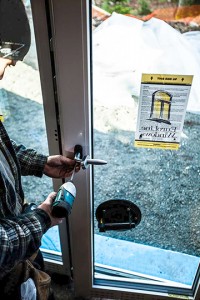

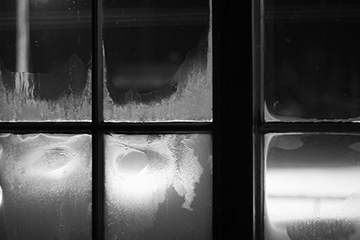
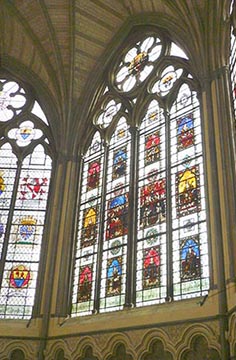



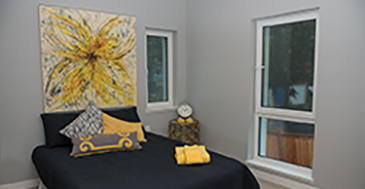

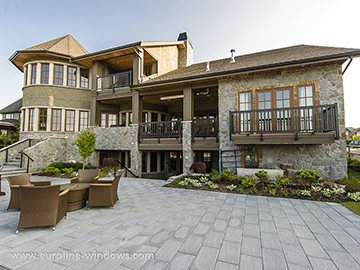
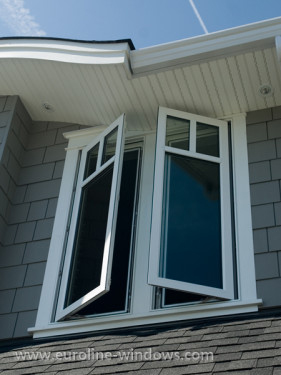

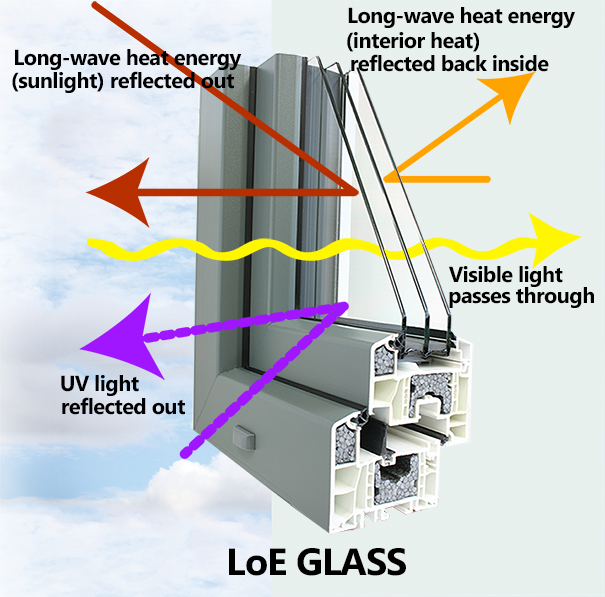


 Esther won the prizes for the ladies events: KP and Longest Drive, Norm won the men’s Longest Drive and Dale took the men’s KP. Peter won first prize for the Best Photo at the REHAU-sponsored hole (see his winning pose on the left). His prize? — a Samsung tablet! There were many other great prizes — gift cards, ball caps, portable device chargers and more. Everyone took home a prize — we were all winners!
Esther won the prizes for the ladies events: KP and Longest Drive, Norm won the men’s Longest Drive and Dale took the men’s KP. Peter won first prize for the Best Photo at the REHAU-sponsored hole (see his winning pose on the left). His prize? — a Samsung tablet! There were many other great prizes — gift cards, ball caps, portable device chargers and more. Everyone took home a prize — we were all winners!